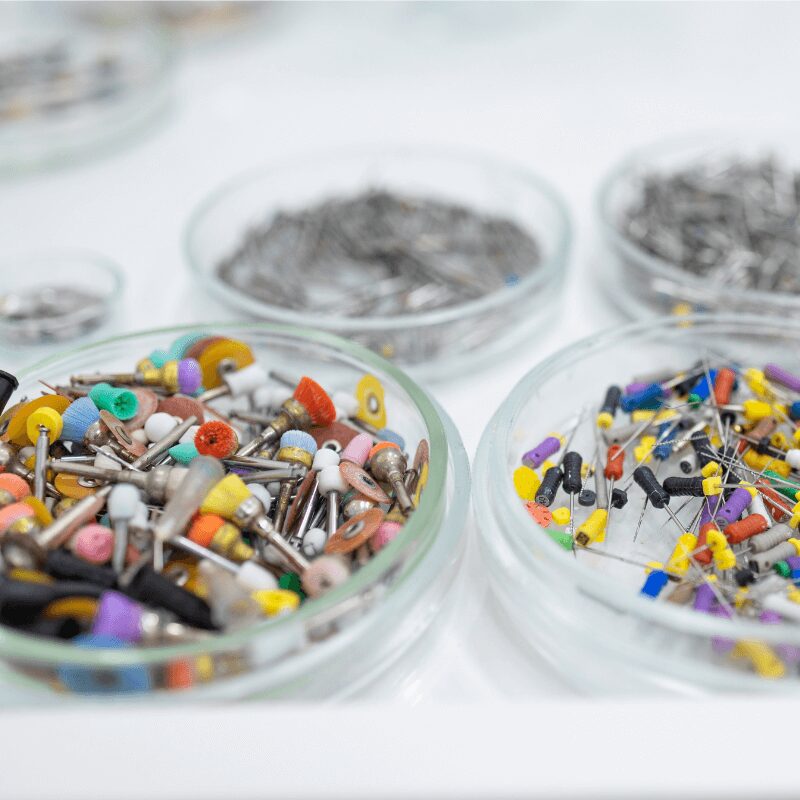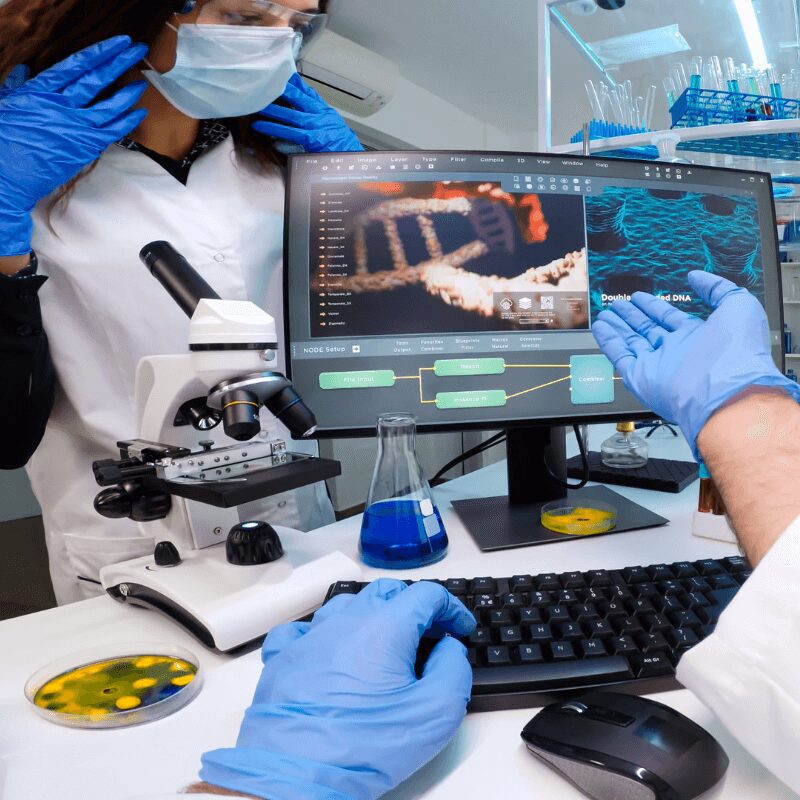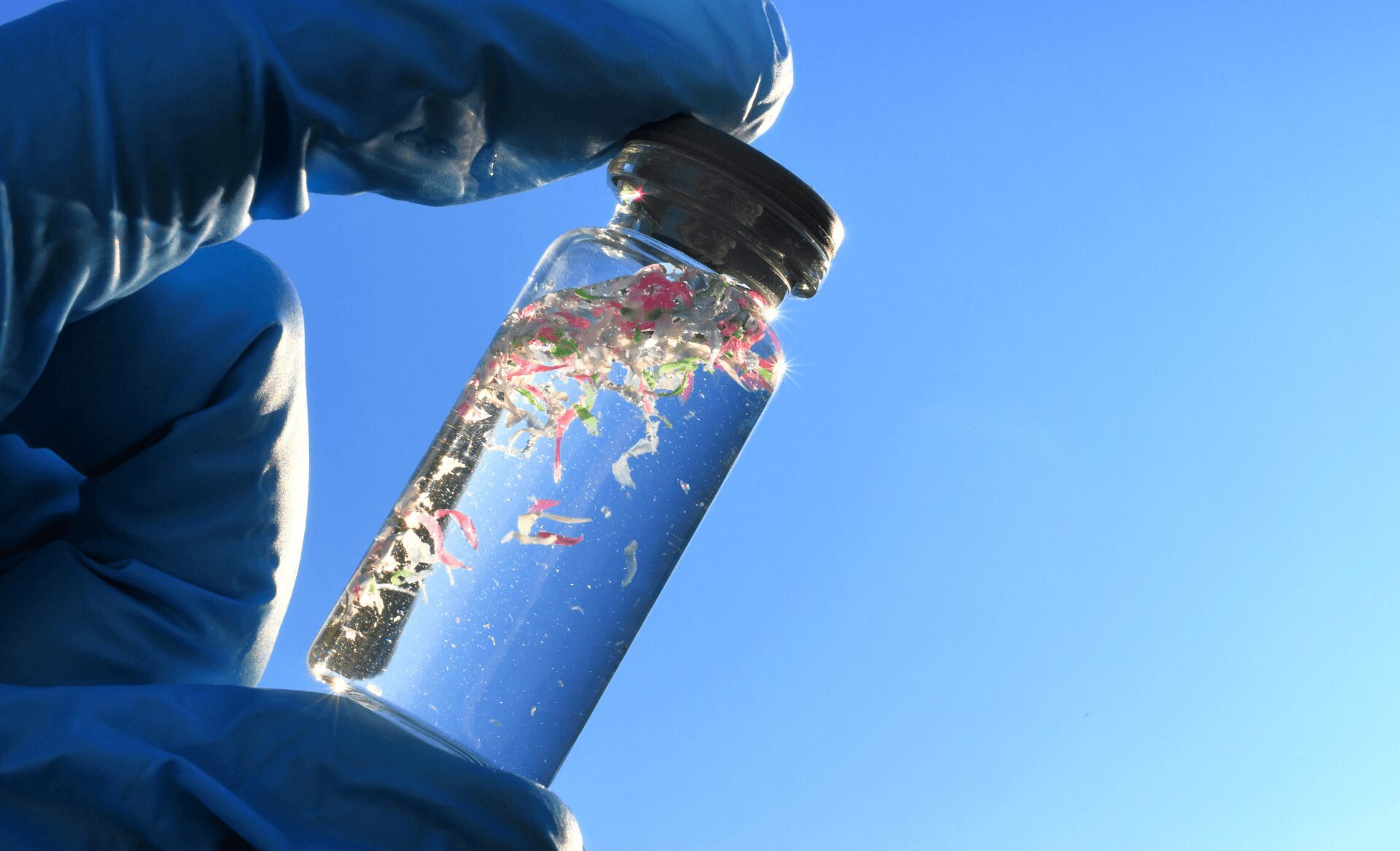You’re full of plastic, and it’s not going anywhere.
Microplastics are everywhere. They’re in our oceans, our air, our food, and yes, even inside our bodies. Scientists have found them in human lungs, blood, placentas, and even brain tissue. Every sip of bottled water, every bite of processed food, and even the air you breathe introduces microscopic plastic fragments into your body. The real question isn’t whether they’re there. It’s what they’re doing to you.
At Bottleless Nation, we’re on a mission to educate, advocate, and eliminate plastic from our water and ecosystems. The more we uncover about microplastics, the clearer it becomes: this problem isn’t just environmental—it’s deeply personal. Let’s break down how these tiny plastic invaders are affecting your health and why it’s time to take action.
How Microplastics Enter Your Body
Microplastics aren’t just floating around in the ocean—they’re actively being consumed by you, right now. Researchers estimate that the average person ingests and inhales up to 5 grams of plastic per week. That’s about the weight of a credit card. How is this happening?
1. Through What You Eat and Drink
One of the biggest sources of microplastic exposure is bottled water. In fact, a single liter of bottled water can contain up to 240,000 plastic particles. But it doesn’t stop there. Seafood, salt, honey, fruits, and vegetables have all tested positive for microplastic contamination.
2. Through the Air You Breathe
Microplastics aren’t just in food and water—they’re floating in the air around us. From household dust to synthetic clothing fibers, plastic particles are released into the air and inhaled with every breath. Studies have even found plastic lodged deep inside human lung tissue.
3. Through the Products You Use Daily
Personal care products like toothpaste, face scrubs, and even some chewing gums contain intentionally added microplastics. And when plastic packaging or food containers break down over time, they release even more microscopic plastic particles into your food and drinks.
Once inside your body, these tiny invaders don’t just pass through harmlessly. Instead, they stick around and start causing damage.
What Microplastics Do Inside Your Body
Once microplastics enter your system, they don’t stay in your stomach—they move through your bloodstream, lodge themselves in organs, and set off a chain reaction of damage. Here’s how it happens:
Step 1: Ingestion & Absorption
When you drink contaminated water or eat food containing microplastics, these particles make their way through your digestive system. While some are excreted, others penetrate the intestinal lining and enter the bloodstream.

Step 2: Cellular Damage & Inflammation
Your immune system sees these plastic fragments as foreign invaders, but unlike bacteria or viruses, your body doesn’t know how to break them down. Instead, they trigger chronic inflammation, a key factor in conditions like autoimmune diseases, heart disease, and cancer.
Step 3: Accumulation in Organs
Scientists have found microplastics in the liver, kidneys, lungs, and even the brain. Since your body can’t break them down, they accumulate over time, disrupting normal organ function and increasing your risk of serious diseases.
The Health Risks of Microplastics
The more researchers study microplastics, the scarier the findings become. Here’s what we know so far:
They Disrupt Your Hormones
Many plastics contain endocrine disruptors, chemicals that interfere with your body’s hormone system. Exposure to these chemicals is linked to fertility issues, metabolic disorders, and developmental problems in children.
They Damage Your Heart and Blood Vessels
New studies suggest that microplastics in the bloodstream may contribute to cardiovascular disease by increasing inflammation and forming plaque in arteries, potentially leading to heart attacks and strokes.
They Might Be Linked to Cancer
Plastic particles can cause DNA damage and oxidative stress, both of which are key drivers of cancer. While research is ongoing, early findings suggest that long-term exposure to microplastics may increase the risk of colon cancer, breast cancer, and lung cancer.
They Impact Your Gut Health
Microplastics have been shown to disrupt gut bacteria, weakening the immune system and contributing to digestive disorders like leaky gut syndrome, IBS, and chronic inflammation.
They’re Found in the Brain—And That’s a Big Deal
Perhaps one of the most shocking discoveries is that microplastics can cross the blood-brain barrier, which is a defense system meant to keep harmful substances out of the brain. Once inside, they may contribute to neurodegenerative diseases like Alzheimer’s and Parkinson’s.
The bottom line? Microplastics aren’t just an environmental issue—they’re a direct threat to human health.

The Bigger Picture: Microplastics Are Also Toxic Carriers
Microplastics aren’t just harmful on their own. They act like tiny sponges, absorbing and transporting toxic chemicals, heavy metals, and pesticides into your body.
Think of them as little Trojan horses—they might be small, but they carry some of the worst pollutants with them. Once inside your body, these toxins leach into your bloodstream, increasing your exposure to harmful chemicals linked to everything from birth defects to neurological disorders.
This means that reducing plastic exposure isn’t just about avoiding plastic—it’s about protecting yourself from an even bigger web of contamination.
How You Can Reduce Your Exposure
The bad news? You can’t completely eliminate microplastics from your life.
The good news? You can take steps to reduce your exposure and limit the damage they cause.
- Ditch bottled water. (It’s one of the biggest sources of microplastic contamination.)
- Use a high-quality water filter. Avoid jugs and bottled water. Switch to systems that eliminate plastics.
- Avoid plastic food packaging. Choose glass, stainless steel, or other non-plastic alternatives.
- Ventilate your home. Indoor air pollution contains plastic fibers. Keep fresh air flowing.
- Be mindful of personal care products. Avoid anything with polyethylene or polypropylene as they are just microplastics in disguise.
But the biggest solution isn’t just changing personal habits—it’s changing the way we think about plastic in our world.
Join the Fight to Become One Bottleless Nation
Plastic is now a part of us, but that doesn’t mean we have to accept it.
At Bottleless Nation, we believe that education and action go hand in hand. We’re here to raise awareness, advocate for change, and partner with businesses that offer sustainable, plastic-free water solutions. Our partners, like Artesian Bottleless Water and Office H2O, are helping to eliminate single-use plastic waste and move toward a cleaner future.
But we need more businesses to join us.
If you work in the water industry and want to be part of the solution, we invite you to join One Bottleless Nation. Together, we can push for change, eliminate plastic pollution, and create a healthier future for everyone.

